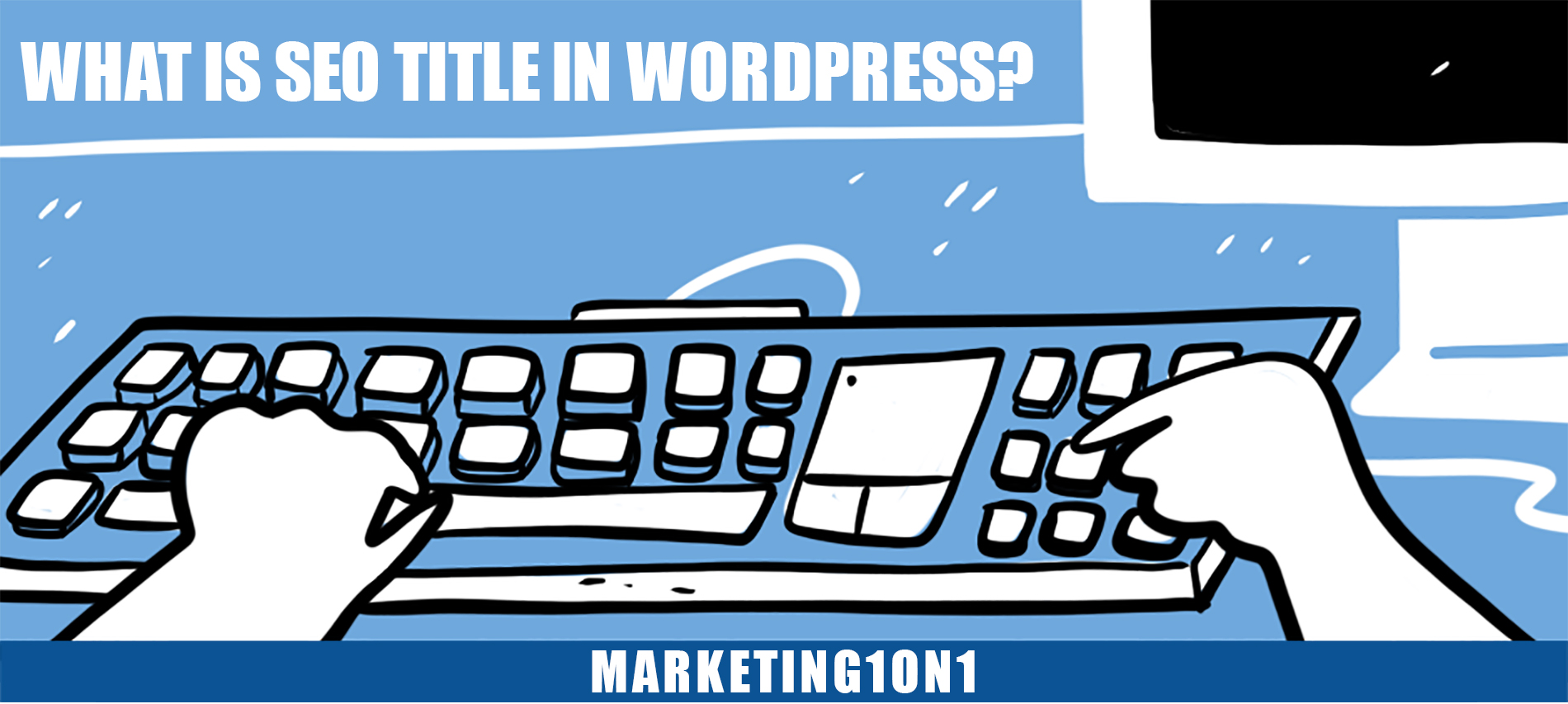- HOME
- CHECKOUT / CART
- LOGIN / REGISTER
- LINK BUILDING
- SEO
- SEO Packages
- Small Business SEO
- Corporate Enterprise SEO
- eCommerce SEO
- Local SEO Services
- SEO Case Studies
- Google Maps Marketing
- Google My Business Management
- Unnatural Links Penalty Recovery
- Shopify SEO
- SEO Consulting
- SEO Reseller Program
- SEO Affiliate Program
- Video SEO Optimization
- WordPress SEO
- WIX SEO Services
- OTHER SERVICES
- RESOURCES
- ABOUT
- About Us
- Why Us
- Testimonials
- INDUSTRIES
- Cannabis CBD Marketing and SEO
- Carpet Cleaning Marketing and SEO
- Cell Phone Repair Marketing and SEO
- Dental Marketing and SEO
- Drug Rehab Treatment Centers Marketing and SEO
- HVAC Marketing and SEO
- Junk Removal Marketing and SEO
- Law Firm Marketing and SEO
- Law Firm Website Design
- Marketing for Arborists and Tree Service Companies
- Medical and Healthcare Marketing
- Plastic Surgeons Marketing and SEO
- Plumbing Marketing and SEO
- Private Detectives / Investigators Marketing and SEO
- SaaS Marketing and SEO
- Strippers Marketing and SEO
- CONTACT
What is SEO title in WordPress? |
What is SEO title in WordPress?
If you’re a WordPress user, you’ve probably heard of SEO titles. But what are they exactly? And why are they important? In this blog post, we’ll answer those questions and more. We’ll explore what WordPress SEO titles are, why they’re important, and how to use them in WordPress. By the end, you’ll better understand how to optimize your WordPress website for search engines. So let’s get started!
What is the SEO title in WordPress?
As you may know, SEO stands for “Search Engine Optimization.” It is the process of optimizing a website to rank higher in search engine results pages (SERPs).
One of the most important aspects of WordPress SEO is the title tag. The title tag is the HTML element that contains the title of a web page. It is typically found in the head section of the code for a web page.
The title tag is important because it tells search engines about the page. When someone searches for a keyword or phrase, the search engine looks through all the titles of all the web pages on the Internet to find matches.
If your web page has a relevant and keyword-rich title, it is more likely to appear in search engine results pages when someone searches for that keyword or phrase.
WordPress is a content management system (CMS) that allows you to easily create and edit web pages without writing any code. WordPress automatically generates title tags for your pages based on what you enter into the “Title” field when creating or editing a page.
You can improve your WordPress site’s SEO by carefully crafting your own custom titles for each page, using keywords and phrases that are relevant to what your page is about.
The Different Types of WordPress SEO titles
There are four main types of SEO titles:
- The Title Tag
- The Meta Description
- Header Tags
- Image Alt Text
1. The Title Tag: This is the most important part of your SEO title. It should be no more than 60 characters and include your primary keyword.
2. The Meta Description: This is a brief description of your page that appears in the search results. It should be no more than 160 characters and include your primary keyword.
3. Header Tags: These are the headlines on your page and help structure your content for readers and search engines. Your H1 tag (the main headline) should include your primary keyword, and your H2 and H3 tags should include secondary keywords.
4. Image Alt Text: This is the text that appears when someone mouses over an image on your page. It helps improve accessibility for those with vision impairments and gives you another opportunity to use relevant keywords on your page.
What are the benefits of using SEO titles?
SEO titles are a powerful way to improve your website’s search engine optimization. Including relevant keywords in your WordPress SEO title can help your website rank higher in search results and attract more visitors. An effective SEO title can also help boost your click-through rate from organic search results, as it provides a brief and accurate description of what users can expect to find on your page.
While the benefits of using SEO titles are clear, it’s important to keep in mind that too much keyword stuffing can actually harm your website’s ranking. As such, it’s important to strike a balance between including relevant keywords and creating an engaging and readable title.
Tips for creating effective SEO titles
SEO titles are one of the most important on-page elements for your website. They help search engines understand what your page is about and determine whether or not to show it in the search results.
Here are a few tips for creating effective SEO titles:
1. Keep it short and sweet
Your title should be no more than 60 characters, as that’s the limit that Google displays in the search results. If your title is too long, Google will truncate it, so make sure you’re getting your point across in the first 60 characters.
2. Use keywords wisely
Include 1-2 relevant keywords in your title, but don’t stuff them in there just for the sake of it. Keywords should flow naturally and help users understand what your page is about at a glance.
3. Make it descriptive and informative
Your title should give users a good idea of what they can expect to find on your page. Avoid vagueness or generic phrases like “article” or “page”; be specific! For example, a better title for this article might be “How to Optimize Your WordPress Title for SEO.”
4. Use proper grammar and punctuation
This may seem like a no-brainer, but using proper grammar and punctuation in your title makes it more readable and trustworthy for users and search engines alike.
Conclusion
If you’re running a WordPress site, then you’re probably aware of the importance of SEO. One of the most important aspects of SEO is your title tag, which is what appears in the search engine results pages (SERPs). Your title tag is one of the first things potential visitors will see, so it’s important to ensure it’s optimized for both relevance and click-throughs.
Our locations and Services:
Find us on Google maps for directions: Digital Marketing | SEO Las Vegas, Digital Marketing | SEO New York, Digital Marketing | SEO Phoenix, Digital Marketing | SEO Houston, Digital Marketing | SEO Atlanta, Digital Marketing | SEO Anaheim, Digital Marketing | SEO Alexandria, Digital Marketing | SEO Austin, Digital Marketing | SEO Calabasas, Digital Marketing | SEO Cleveland, Digital Marketing | SEO Corpus Christi, Digital Marketing | SEO Dayton, Digital Marketing | SEO Detroit,Digital Marketing | SEO Fort Worth, Digital Marketing | SEO Henderson, Digital Marketing | SEO Indianapolis, Digital Marketing | SEO Irvine, Digital Marketing | SEO Jersey City, Digital Marketing | SEO Knoxville, Digital Marketing | SEO Long Beach, Digital Marketing | SEO Los Angeles, Digital Marketing | SEO Medford, Digital Marketing | SEO Mesa, Digital Marketing | SEO New Orleans, Digital Marketing | SEO Palmdale, Digital Marketing | SEO San Jose, Digital Marketing | SEO Santa Clarita, Digital Marketing | SEO Santa Monica, Digital Marketing | SEO Scottsdale, Digital Marketing | SEO Sherman Oaks, Digital Marketing | SEO Seattle, Digital Marketing | SEO Tacoma, Digital Marketing | SEO Torrance

By placing an order, signing up for services from Marketing1on1 LLC or using this website you agree to Terms and Conditions and Privacy Policy
Copyright © Marketing1on1 LLC All rights reserved.
The content of this web site may not be copied, replaced, distributed, published, displayed, modified, or transferred in any form or by any means except with the prior permission of Marketing1on1 LLC.
Copyright infringement is a violation of federal law subject to criminal and civil penalties.
Blog | Accessibility Statement





